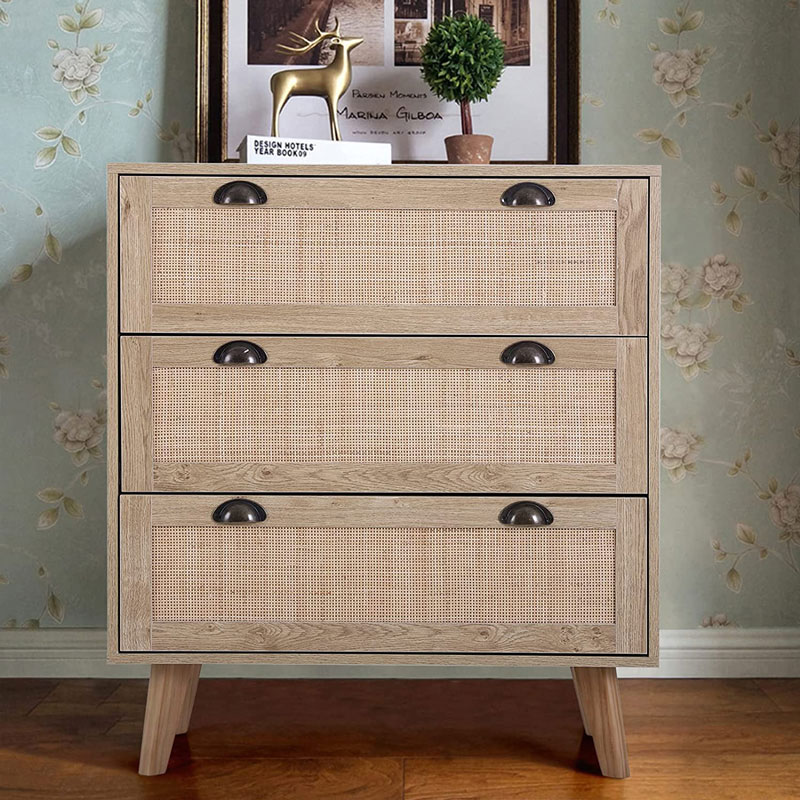Rattan furniture is one of the oldest furniture varieties in the world. It was first brought to Europe by European merchant ships in the 17th century. Baskets made of wicks found in Egypt date back to 2000 BC, and ancient Roman frescoes often feature portraits of officials sitting on wicker chairs. In ancient India and the Philippines, people used rattan to make various kinds of furniture, or cut rattan rods into very thin and flat rattan rods, and edited them into various patterns to make the backs of chairs, cabinet doors or rattan articles.
Rattan woven furniture
The development and utilization of rattan has a long history. Before the Han Dynasty, high-foot furniture did not appear, and most of the furniture used for sitting and lying were MATS and beds, among which there were MATS woven with rattan, which were mat of bamboo and rattan mat which were of higher rank at that time. There are records of rattan MATS in ancient books such as The Biography of Princess Yang, Ji Lin Zhi and Jihara Bu. Rattan mat was a relatively simple rattan furniture at that time. Since the Han Dynasty, due to the development of the productivity, the improvement of the rattan craft level, the rattan furniture varieties of our country are increasing increasingly, rattan chair, rattan bed, rattan box, rattan screen, rattan utensils and rattan crafts have appeared successively. Rattan was used as an offering in the ancient Chinese book of Sui. The Zhengde Qiongtai Records and the subsequent Yachuan Records, compiled during the reign of Zhengde in the Ming Dynasty, described the distribution and utilization of palm rattan. Rattan furniture was preserved on the sunken ships of Zheng He during his voyages to the West, which proves the level of rattan furniture development in China at that time. In the existing exquisite furniture of Ming and Qing Dynasties, there are seats made of rattan.
According to records of Yongchang Fu and Tengyue Hall published during the reign of Emperor Guangxu of the Qing Dynasty, the utilization of palm rattan in Tengchong and other places in western Yunnan can be traced back to the Tang Dynasty, with a history of 1500 years. In the south of Yunnan, according to records in Yuanjiang Fu Annals of the Qing Dynasty and Yunnan General Annals of the Republic of China, the use of palm rattan began in the early Qing Dynasty and has a history of more than 400 years. According to research, Yunnan rattan ware had a high level before World War II. At that time, Yunnan rattan ware was exported to Southeast Asia and Germany and other European countries. Tengchong rattan ware enjoys the highest reputation among Yunnan rattan ware. Tengchong is also known as Tengchong, Fujikawa and Tengchong in historical records, from which we can get a glimpse. Tengchong rattan ware was once regarded as a rare collection by the Great Hall of the People.

Post time: Nov-08-2022
